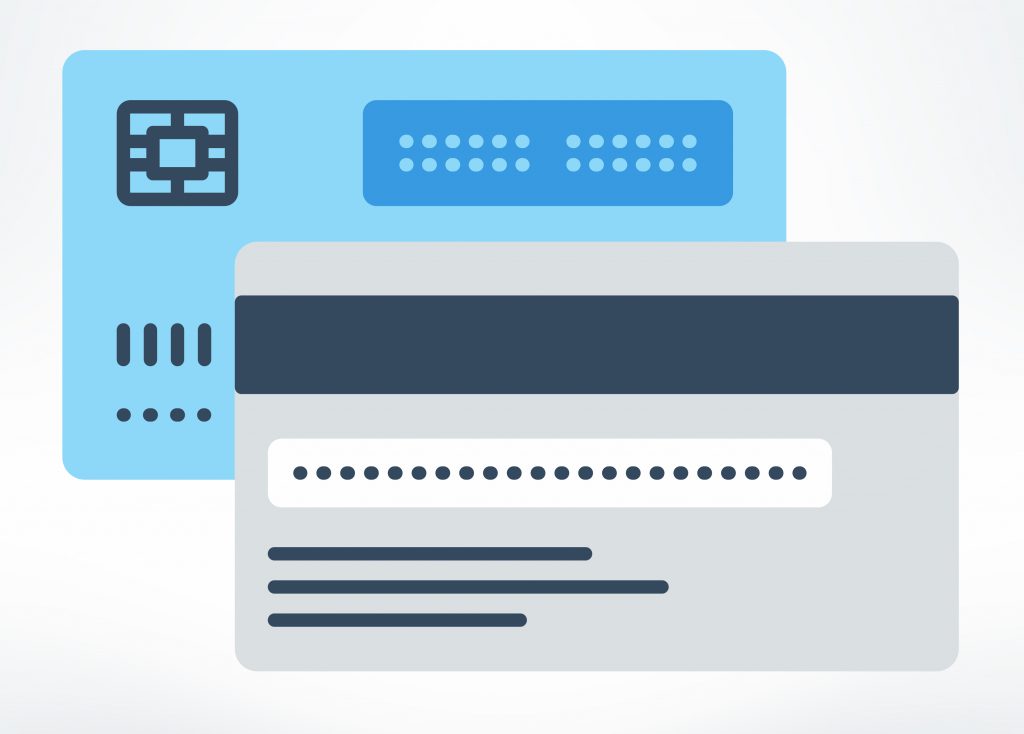While contactless payments are spreading in ubiquity, commercial applications of contactless payments are not new. The technology has been around for more than two decades. Let’s take a look at some major milestones in contactless payments’ history.
1995: UPass
The Seoul Bus Transport Association launches the world’s first-ever contactless payment card for commuters. Now known as the UPass, it would pave the way for cities around the world to produce their own versions.
1996: EMV
The first version of the EMV standard is published in 1996. Both banks and merchants would begin to implement this new security standard over the next decade by reissuing credit and debit cards and updating to NFC-capable terminals to facilitate contactless payments.
1997: Speedpass
Mobil launches their contactless payment system, Speedpass, allowing users to pay for gas with a key fob pre-loaded with cash at participating gas stations.
2001: FreedomPay
One of the first mobile payment platforms, FreedomPay launches with partners that include fast-food giant McDonald’s. Customers are able to pay for their meals by waving a small plastic wand at the till.
2003: Oyster Card
London implements Oyster Cards to their transportation system.
2007: Barclaycard
Barclay issues Barclaycard, the first contactless card in the EU. Barclays debit cards would debut a year later.
2008: EAT & North American Banks
- British food chain EAT is the first restaurant chain in the UK to adopt contactless payments.
- Financial institutions jump onboard the contactless payments wagon. Visa, American Express, and MasterCard all start offering contactless credit cards.
2011: QuickTap, PayPass, PayWave, Google Wallet, and Android Pay
- Barclay teams up with Orange to launch Europe’s first mobile wallet: QuickTap. The system allows customers to pre-load their phones and pay.
- MasterCard PayPass and Visa payWave is born.
- Google launches Google Wallet, allowing users to pay with their mobile phones at participating retailers.
- Android Pay allows users to make purchases with their Android devices via NFC.
2014: Weve
MasterCard announces that it is partnering with Weve to focus on mobile payments.
2014: Apple Pay
Apple finally joins the mobile wallet game, introducing Apple Pay to select markets.
2015: EMV in the U.S
One of the last markets to adopt it, the U.S. implements EMV, prompting thousands of merchants to switch over to NFC-capable terminals that enable contactless payments.
2016: Apple Pay, eh?
Apple finally reaches an agreement with Canada’s five major banks, and Apple Pay officially comes to Canada.
If the history of contactless payments indicates anything, it’s that methods of paying like mobile and tap and pay are not going anywhere.

